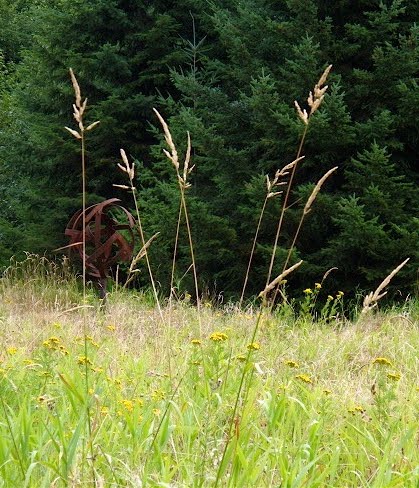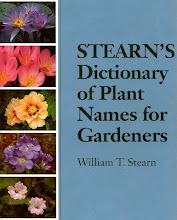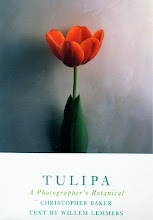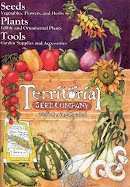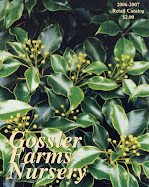Hebe recurva & Daboecia cantabrica 'Rainbow' July 2010
Hebe anomala September 2010
Hebe cupressoides September 2010
Hebe glaucophylla September 2010
Hebe ochracea September 2010
Hebe x pimeleoides 'Quicksilver' & Calluna vulgaris 'Wickwar Flame' September 2010
Hebe salicifolia September 2010
Hebe is 1 of my favorite genera, an extremely useful group of shrubs for gardens in Seattle, the coastal Pacific Northwest & northern California. There are 90 to 100 species of Hebe, all but 1 native to New Zealand. There are numerous hybrids & cultivars. Hebe are mostly small shrubs, some low & sprawling. Some have very lovely flowers, but foliage is the main attraction for most Hebe. Foliage comes in a range of green & gray, with some red & purple. Hebe grow quickly, which make them very useful for filling open spaces. Many Hebe become leggy, which some people find unattractive. I find this trait an opportunity to weave Hebe together with other open, low-growing shrubs such as Calluna, Cassinia, Daboecia & Olearia. In my garden I combine Hebe x pimeleoides 'Quicksilver' with Calluna vulgaris 'Wickwar Flame'. This makes a very eye-catching display of gray & yellow foliage. It never fails to impress garden visitors. I appropriated the idea from a garden I once visited & have spread it on to others. I combine Hebe recurva with Daboecia cantabrica 'Rainbow' & Hebe anomala with Cassinia leptophylla. Hebe was the ancient Greek goddess of youth. Homer referred to her as, 'Hebe of the slender ankles.' These slender ankles (Hebe seldom grow a stout trunk) allow other plants to rub against them like a swarm of friendly cats. Hebe buxifolia & Hebe topiaria have dense branching patterns that make them useful replacements for Buxus sempervirens & Ilex crenata. Hebe cupressoides & Hebe ochracea are known as whipcord Hebe. They grow in alpine regions of New Zealand. Many of the other Hebe used in Seattle are sub-alpine in nature.
List of Hebe in the Cascadia Garden
Hebe anomala (removed due to extensive damage 2010)
Hebe ochraceaHebe x pimeleoides
Hebe x pimeleoides ‘Quicksilver’
Hebe pinguifolia ‘Pagei’
Hebe recurva (some damage 2010)
Hebe ‘Red Edge’
Hebe salicifolia (badly damaged 2010)
Update: In November 2010 there was a hard frost. Temperatures had been unusually warm, with a high of 56F/13.3C on 11/16, until they dropped to 31F/-0.5C on 11/21, 22F/-5.5C on 11/22, 16F/-8.8C on 11/23, 14F/-10C on 11/24, 28F/-2.2C on 11/25. Then temperatures were above freezing. This damaged or killed many plants. Hebe anomala & Cassinia leptophylla were so badly damaged that I removed them. Hebe salicifolia was also badly damaged. Much of the damage didn't show until later in the year, as many branches continued to die. Hebe recurva had some damage, but recovered well that year. The rest had no damage at all. I saw some damage to Hebe topiaria in other gardens.



















